Tecmate OPTIMATE 4 TM146DUAL Accu oplader Bruksanvisning
Tecmate
Batteriladdare
OPTIMATE 4 TM146DUAL Accu oplader
Läs gratis den bruksanvisning för Tecmate OPTIMATE 4 TM146DUAL Accu oplader (44 sidor) i kategorin Batteriladdare. Guiden har ansetts hjälpsam av 40 personer och har ett genomsnittsbetyg på 4.6 stjärnor baserat på 20.5 recensioner. Har du en fråga om Tecmate OPTIMATE 4 TM146DUAL Accu oplader eller vill du ställa frågor till andra användare av produkten? Ställ en fråga
Sida 1/44

INSTRUCTIONS FOR USE
IMPORTANT: Read completely
before charging
MODE D’EMPLOI
IMPORTANT: à lire avant
d’utiliser l’appareil
ANWENDUNGSVORSCHRIFTEN
WICHTIG: Vollständig vor der
Benutzung lesen
GEBRUIKSAANWIJZING
BELANGRIJK: Lees volledig voor
gebruik
MODO DE EMPLEO
IMPORTANTE: a leer antes de
utilizar el aparato
INSTRUÇÕES DE UTILIZAÇÃO
IMPORTANTE: Ler antes de
utilizar.
ISTRUZIONI PER L’USO
IMPORTANTE: da leggere prima
di utilizzare l’apparecchio
INSTRUKTIONER
VIKTIGT: läs följande fullständiga
instruktioner för användningen
innan du använder laddaren
Automatic charger for 12V lead/acid batteries • Chargeur automatique pour
batteries 12V plomb-acide • Cargador automático para baterías 12V
plomo-ácido • Carregador automático para baterias de 12V chumbo/ácido •
Automatische Ladegerät für 12V Blei-Säure Batterien • Automatische lader
voor 12V loodzuur accu’s • Caricabatterie automatico per batterie 12V
piombo-acido • Automatisk diagnostisk laddare för 12V blybatterier
1 x 12V
STD / AGM-MF / GEL
3 - 50Ah (charge within 48 hours), up
to 70Ah for long term maintenance
+-
MODEL: TM140DUAL / TM142DUAL / TM146DUAL
AC: 220-240VAC 50-60Hz
0,095A @ 240Vac
DC: 0,8A 12V
Produktspecifikationer
| Varumärke: | Tecmate |
| Kategori: | Batteriladdare |
| Modell: | OPTIMATE 4 TM146DUAL Accu oplader |
Behöver du hjälp?
Om du behöver hjälp med Tecmate OPTIMATE 4 TM146DUAL Accu oplader ställ en fråga nedan och andra användare kommer att svara dig
Batteriladdare Tecmate Manualer

15 September 2024

15 September 2024

15 September 2024

15 September 2024

15 September 2024

15 September 2024

15 September 2024

15 September 2024

15 September 2024

15 September 2024
Batteriladdare Manualer
- Ctek
- Savio
- Kostal
- Telwin
- Meec Tools
- Hitachi
- IEB
- Xvive
- Kress
- EA Elektro Automatik
- Sungrow
- Lockncharge
- Fluke
- SKROSS
- Apa
Nyaste Batteriladdare Manualer
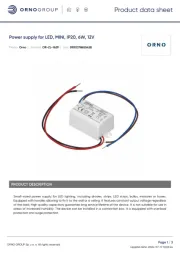
15 Oktober 2025
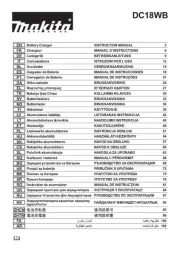
12 Oktober 2025
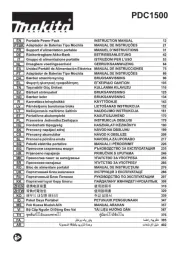
12 Oktober 2025
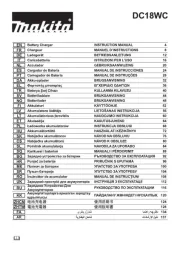
12 Oktober 2025
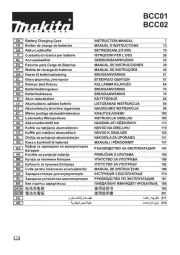
12 Oktober 2025
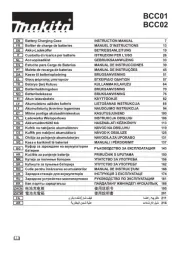
12 Oktober 2025
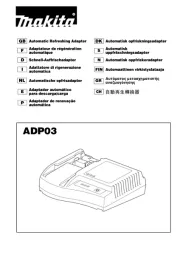
9 Oktober 2025

5 Oktober 2025
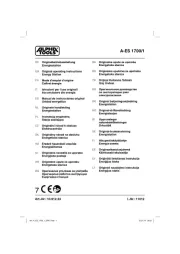
5 Oktober 2025
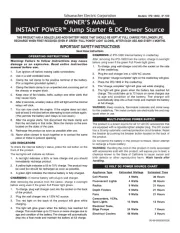
3 Oktober 2025